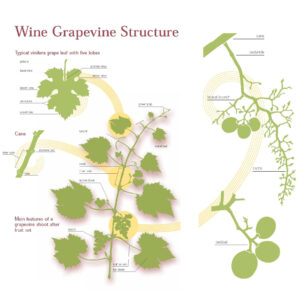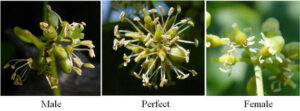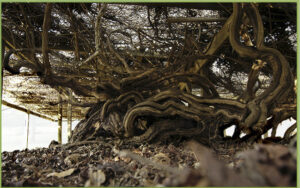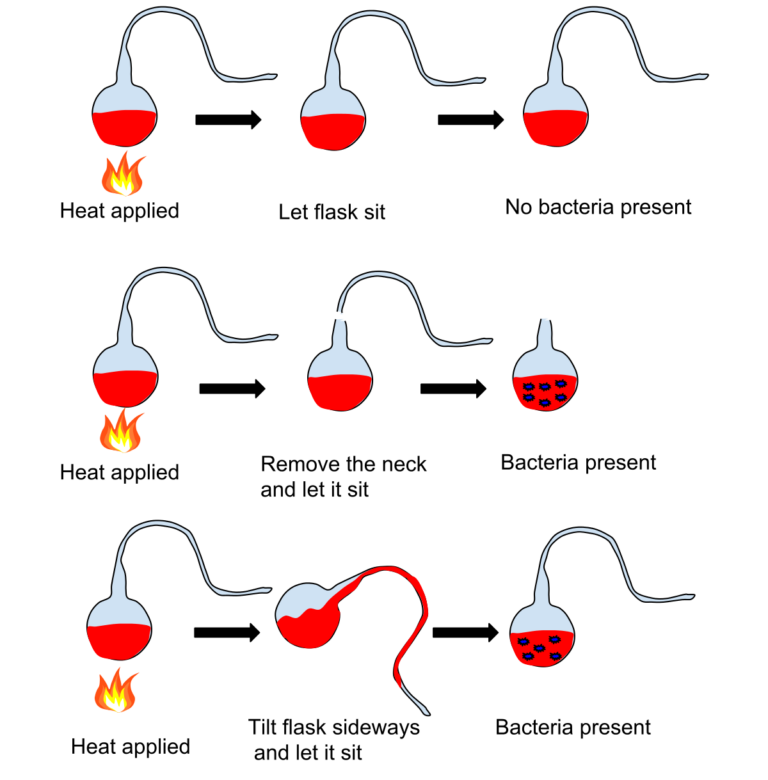According to wineamerica.org there are [bctt tweet=”more than 350,000,000 gallons of wine produced each year”] and although California produces 90% of US wine, wine is currently being produced in all fifty states. As of October 1, 2014 there were 7,946 wineries in the United States. Although the majority of wine is produced using Vitis vinifera, there is a battle going on between native and domestic grapevines. A historical conflict as well-known as the Hatfields and McCoys. Just like them, the feud needs to come to an end, because each side has its positives…. and negatives.
Don’t Judge A Grape By Its Relatives
The grapes that produce the wine we love to drink have some very interesting relatives. Ones that could be a bit surprising. Some of their most famous relatives are Boston Ivy, Virginia Creeper and Grape Ivy. If you have been to an Ivy League school or have seen them in movies, you are familiar with Grape Ivy. A somewhat surprising relative is the tomato. Yep. The tomato is a berry since the seeds are inside a soft outer coating. Grapes and all its relatives have woody vines called Liana and all have tendrils to help climb. But as with all relatives, there are some differences also.

Grapes belong to the genus name Vitis and there are only six that are native to North America. These naturally growing grapevines are rotundifolia (muscadine), aestivalis (summer grape), riparia (frost grape), labrusca (fox grape), mustangensis (Mustang grape), and rupestris (sand grape). While only vinifera, is native to Europe and amurensis (sp) to Asia.
It’s All in the Genes
Vitis vinifera, the European grape that we use for wine has been determined to have over 5,000 varieties. The problem is that many have synonyms which causes some confusion. For example, Primitivo and Zinfandel. Even worse some have the same name but are actually different vines. There is still a lot of research that can be done in this field. Thankfully, DNA analysis is starting to make it a little bit more clear. All Vitis vinefera grapes began as a wild plant and they are native to the Mediterranean.
Here in North America we rely on Vitis vinifera as our mainstay source for wine. However, there is also Vitis californica which is found in the coastal and foothills areas of California, concord grapes [Vitis labrusca] and Muscat grapes [Vitis rotunifolia]. The Muscat grape is the most unique grape of this group since it has 40 chromosomes instead of the normal 38 that other Vitis species have. The other varietals can all cross breed creating new cultivars [think Cabernet Franc and Sauvignon Blanc crossing to create Cabernet Sauvignon], however, this is not true with Muscat grapes. With the two chromosome difference it is similar to the donkey and horse. They can mate, but they are incapable of creating offspring.
Let’s Talk About Sex Baby
Sexually speaking, there is a huge difference between native and cultivated Vitis. The dating scene and how they mate vary immensely. See, in the wild, the plants have sexes, they are Dioecious. They are either male or female. So in order to reproduce, the pollen from the male plant needs to find the carpel of the female plant. Since the vine isn’t going to go anywhere to find its mate, it needs a little help in that area. That help comes in the form of either wind, rain or animals. That requires some luck and reproduction is not guaranteed. Since humans like guarantees, as wine became a commodity, geneticist stepped in and through cross genetics monoecious Vitis were invented. [having both male and female parts]. This is the big difference between native and cultivated grapevines. By having the male and female parts on the same plant this leads to faster and more guaranteed and controlled results. In the picture below,courtesy of www.caes.uga.edu, you can see the difference between monoecious (perfect) and dioecious (imperfect).

There are also some not so x-rated differences between domestic and wild grapevines. These include color, size and shape. [bctt tweet=”All wild grape species are purple”] meaning that if you are looking at a white grape it must be domesticated. The fruit on wild vines develops in small, loose clusters with up to 40 grapes per grouping. The grapes are up to 1 inch in diameter with thick skin and hold up to five oval seeds. Domestic grapes develop into large, tight clusters with numerous thinner-skinned grapes on each cluster and have a sweeter taste when ripe than wild grapes.
The Natives Survive for a Reason
These natives are around for a reason. They have grown in the wild for hundreds of years and will continue to do so. Rotundifolia (muscadine) has a history of over 400 years in the United States. In Roanoke Island, North Carolina, there is a vine known as the Mothervine. It is ancient muscadine and is the oldest known grape vine in North America.

The climate of the United States has dictated that while Vitis vinifera can not survive in all states, grapes can thanks to these indigenous varietals. Each of these native grapevines have slightly different genetics. Similar to siblings, these vines hold the same basic chromosomes [with the exception of Muscat already discussed], but the alleles are different allowing for various traits. [You may have brown eyes while your sibling has blue.] In the case of these grapevines, the flavor and acid profiles are different along with the ability to survive in different elements. For example, both Vitis rotundifolia and Vitis rupestris are extremely resistant to Phylloxera and other pests. While Vitis labrusca and its relatives such as the niagara are widely used as table grapes or juice with the ability to survive extreme cold temperatures. Although Vitis riparia is considered to be the most viable native grapevine, it is more often used as a rootstock graphed to Vitis vinifera than as a grape varietal unto itself. You may be more familiar with its most popular cultivar known as Norton which is the official grape in the state of Missouri, but also widely planted in Virginia.
What this all boils down to is that each state and each winery can and does take into consideration its specific location and having native grapevines allows them to decide what is the best grape to plant. When you take into consideration the soil, the temperature, the degree days some grapevines will perform better than others. And maybe, just maybe its the native plants that thrives. We all know the difference between a weed and a plant, right? [bctt tweet=”A plant is a weed that someone found a purpose for. “]
~Sláinte!

I love your science posts! Very informative. Thank you!
Awh! Thank you! I like writing them. Using that undergrad and grad degree for something!
lots of great detail here, interesting!
Thank you David.